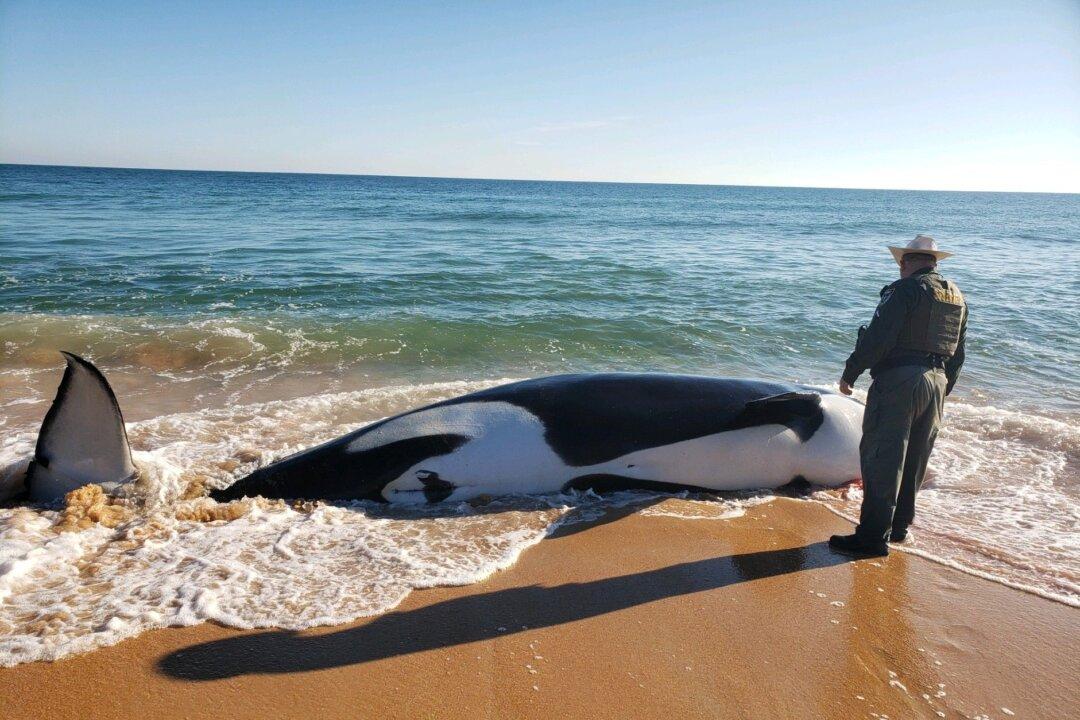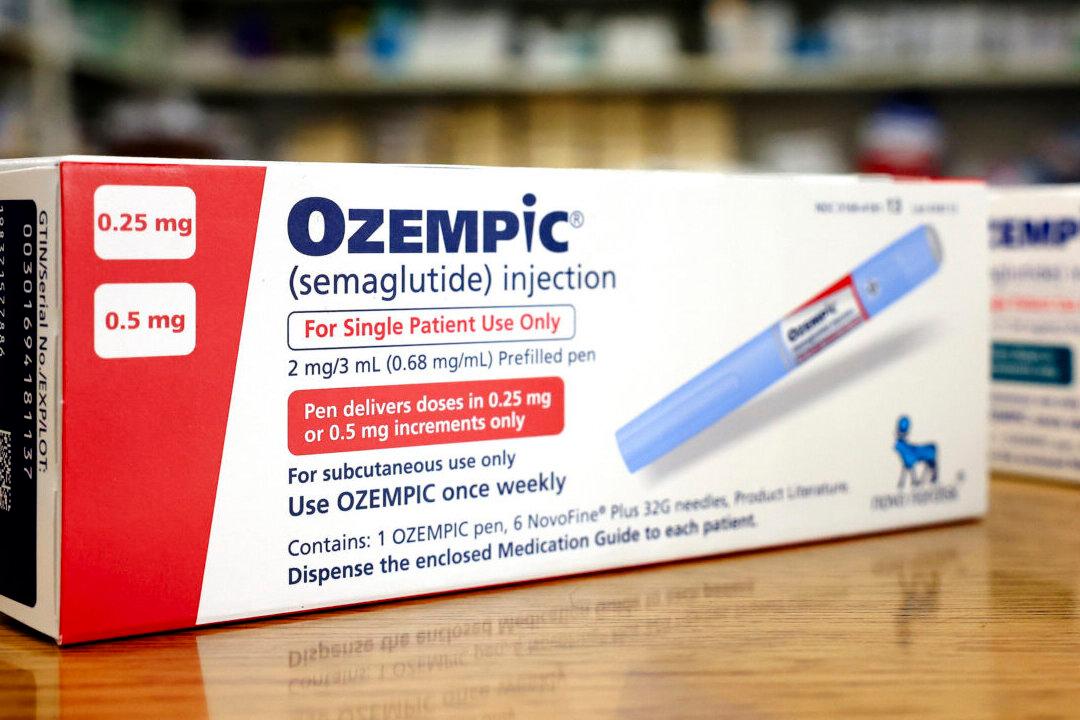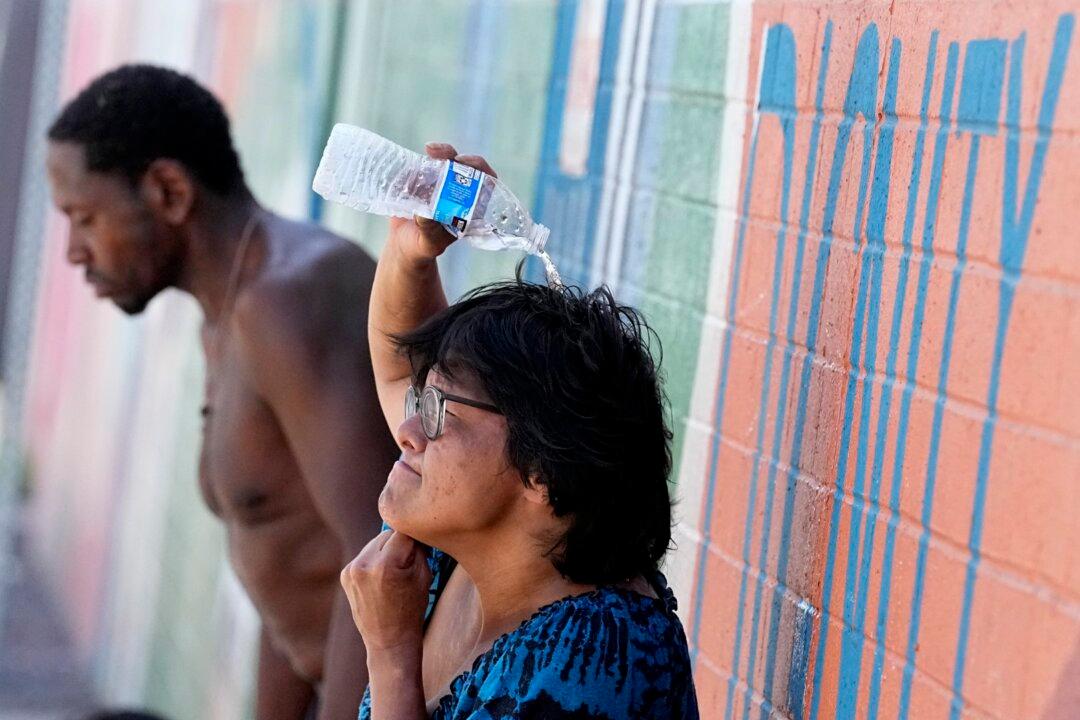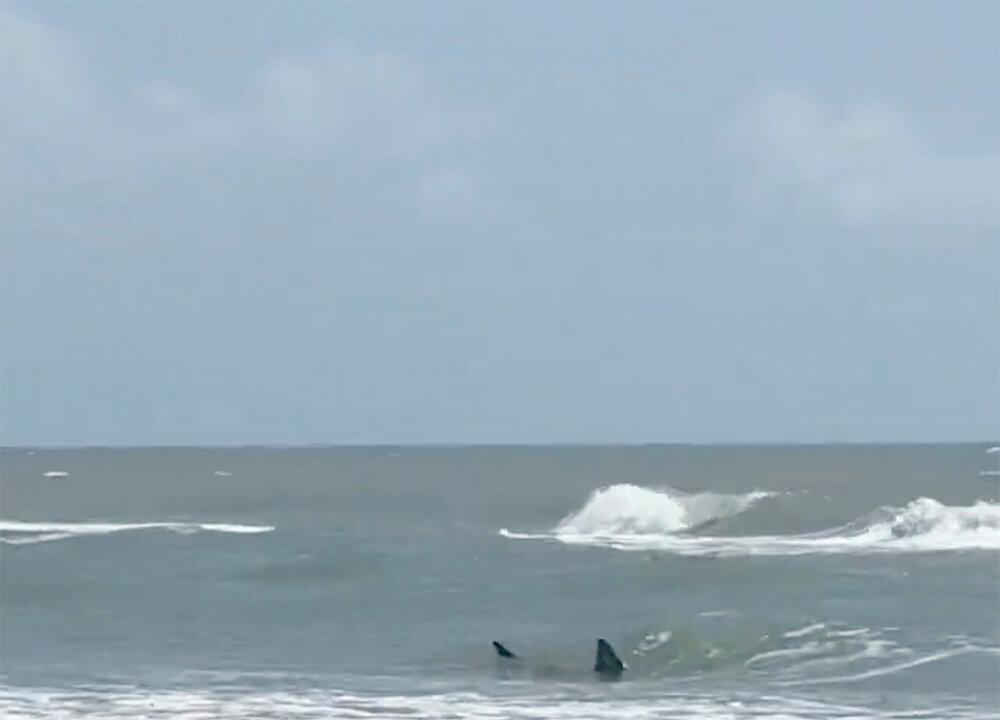A killer whale stranded itself Wednesday and died on a beach in Palm Coast, Florida.
In the early morning hours of Jan. 11, the massive orca stranded itself on the beach in Flagler, County, Florida, about 30 miles north of Daytona Beach.
Messod Bendayan, public affairs officer for the Flagler County Sheriff’s Office, said removing the 21-foot, approximately 5,000-pound mammal from the beach “took quite an effort.”
“It required a few Bobcats and some other specialized equipment,” Bendavan told The Epoch Times, adding that the female orca was removed from the beach and taken to the SeaWorld facility in Orlando, where a necropsy was performed to investigate the cause of death.




